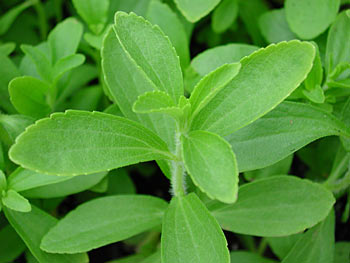
ARE BLACK-EYED PEAS PALEO?

What Are Black-Eyed Peas?
Although called a pea, a black-eyed pea is actually a legume. Black-eyed peas have been cultivated since pre-historic India and China. It is said that the ancient Greeks and Romans actually preferred them to chickpeas. In traditional southern cooking, black-eyed peas are served with fried collard greens and ham in a dish called Hoppin’ John for New Year’s Eve. They’re also a traditional dish served for good luck at the Rosh Hashanah celebration – the Jewish New Year.
Are Black-Eyed Peas Paleo?
Nope, they definitely are not. Since they’re not actually peas, they don’t fall in the vegetable category, and instead fall in the legume category. Just like other legumes, they are concentrated sources of lectins and phytates. (Those compounds that plants develop to ward of predators.) So, according to the Paleo “dogma,” legumes are definitely not Paleo.
However, some people just aren’t buying it. In particular, Chris Kresser, a popular source for Paleo information, suggests that legumes were consumed by several hunter-gatherer groups, and if we’re allowing things like “dark chocolate, coffee, green tea, and alcohol,” we’re not eating the same diet as the cavemen anyway. Additionally, Kresser argues that cooking beans for as little as 15 minutes can almost completely inactivate the lectins they contain.
So, moral of the story: technically, according to the dogma of Paleo, we don’t like legumes. They definitely contain phytates and lectins – which are antinutrients that inhibit our body’s ability to absorb other nutrients. However, some argue that though they might not be as rich in nutrients, vitamins, and protein as animal protein sources, when cooked the right way, they’re probably benign. Let us know what you decide!
Related Articles:
- Beans and Legumes: Are They Paleo? (thepaleodiet.com)
- Are Legumes Paleo? (chriskresser.com)
Image Source: Recipe Girl


